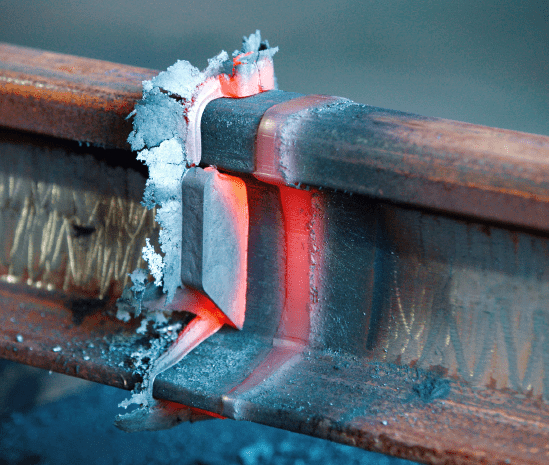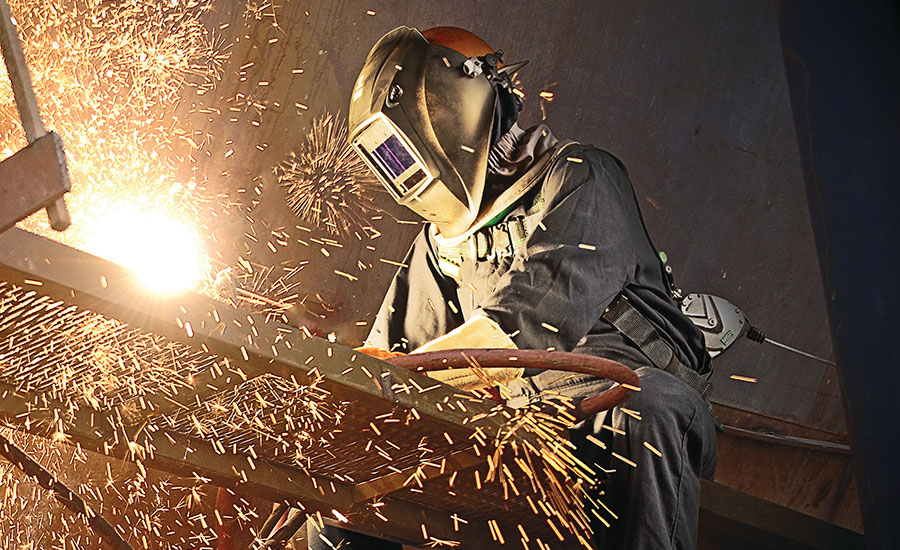Welding WPS Explained: Secret Elements and Advantages for Your Welding Procedures
Welding WPS Explained: Secret Elements and Advantages for Your Welding Procedures
Blog Article
The Ultimate Overview to Welding WPS Procedures: A Thorough Summary for Welders
In the detailed world of welding, Welding Procedure Requirements (WPS) serve as the foundation of ensuring quality, consistency, and security in welding operations (welding WPS). As we dive into the various components of a WPS and explore the ins and outs of credentials and qualification, we will certainly discover the crucial function these procedures play in the world of welding.
Relevance of WPS Procedures
Comprehending the value of Welding Treatment Specifications (WPS) treatments is essential for making certain the quality and stability of welded structures. WPS procedures work as a roadmap for welders, laying out the essential actions, specifications, and materials needed to attain a sound weld. By sticking to WPS standards, welders can guarantee consistency in their job, resulting in structurally sound and trusted welds.
One of the main factors why WPS treatments are important is their role in keeping weld top quality and honesty. Adhering to the defined welding parameters and methods laid out in the WPS helps prevent problems such as porosity, breaking, or incomplete combination, which can compromise the stamina and sturdiness of the weld.

Components of a WPS
A Welding Treatment Requirements (WPS) usually makes up vital elements that information the specific demands for implementing a weld, making certain uniformity and quality in the welding process. The key elements of a WPS include essential variables such as base steels, filler steels, interpass and preheat temperatures, welding procedures, protecting gases, welding settings, and post-weld heat therapy requirements.
Base metals describe the materials being signed up with, while filler metals are utilized to load the gap in between the base metals during welding. Preheat and interpass temperature levels are important for controlling the warmth input and stopping issues like splitting or distortion. The welding process outlines the particular technique to be utilized, whether it's gas steel arc welding (GMAW), shielded metal arc welding (SMAW), or one more method. Securing gases secure the weld swimming pool from climatic contamination. Welding settings specify the alignments in which welding can be executed. Post-weld heat treatment might be required to ease anxieties and enhance the weld's residential or commercial properties. A thorough understanding of these elements is critical for producing a efficient and thorough WPS.

Qualification and Accreditation
Having actually developed the crucial parts of a Welding Treatment Spec (WPS), the focus now moves towards the essential elements of credentials and accreditation in welding techniques.

Accreditation, on the various other hand, is the formal recognition of a welder's certifications by a relevant accreditation body or company. Welding certifications are typically based on the details welding procedures, materials, and settings a welder is certified to deal with. Holding a valid welding qualification demonstrates that a welder fulfills market standards and is competent to do welding tasks to the required specifications.
Developing a WPS
To develop a Welding Procedure Requirements (WPS) that satisfies industry requirements, careful factor to consider of welding processes, materials, and functional criteria is crucial (welding WPS). The initial step in producing a WPS is to determine the welding procedure to be used, such as gas metal arc welding (GMAW) or that site protected metal arc welding (SMAW) When the welding procedure is determined, the next crucial aspect is picking the appropriate materials, taking into consideration factors like base steel type, thickness, and joint style. Functional specifications such as welding current, voltage, traveling rate, and securing gas composition need to also be carefully specified in the WPS.

Applying and Checking WPS
Upon settling the thorough Welding Procedure Specification (WPS) that carefully information welding processes, materials, operational parameters, and quality assurance steps, the emphasis moves to properly implementing and checking the well established treatments. Application includes ensuring that all welders included in the job are acquainted with the WPS and follow it meticulously during the welding procedure. This requires providing ample training and supervision to ensure adherence to the specified treatments. Keeping an eye on the WPS involves continual oversight to confirm that welding activities align with the recorded specifications. Assessments, screening, and top quality control steps are vital elements of the surveillance process to identify any type of problems or discrepancies promptly. Regular audits and testimonials of the welding treatments aid in preserving consistency and top quality throughout the job. Reliable application and tracking of the WPS are important for guaranteeing the stability, toughness, and safety and security of the welded joints, ultimately adding to the general success of the welding job.
Verdict
Finally, understanding and adhering to Welding Treatment Specs (WPS) is crucial for welders to make certain high quality, uniformity, and safety in their work. By recognizing the parts of a WPS, acquiring appropriate credentials and accreditations, creating thorough procedures, and carrying out and checking them efficiently, welders can improve their abilities and effectiveness in welding practices. Sticking to here are the findings WPS procedures is crucial for producing top notch welds and conference sector standards.
In the elaborate world of welding, Welding Treatment Requirements (WPS) offer as the backbone of guaranteeing high quality, consistency, and security in welding procedures. The welding process details the details method to be made use of, whether it's gas metal arc welding (GMAW), shielded steel arc welding (SMAW), or one more technique.To create a Welding Treatment Requirements (WPS) that fulfills sector standards, cautious consideration of welding procedures, materials, and operational parameters is essential. The first action in creating a WPS is to determine the welding process to be used, such as gas metal arc welding (GMAW) or shielded steel arc welding (SMAW)Upon completing the comprehensive Welding Procedure Specification (WPS) that thoroughly details welding processes, products, functional specifications, and high quality guarantee measures, the emphasis changes to effectively implementing and keeping track of the well-known treatments.
Report this page